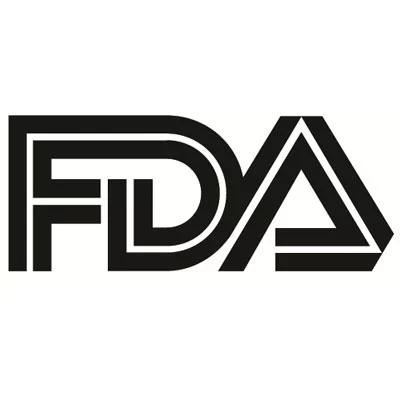FDA Issues CRL to Gilead for its Lenacapavir Due to Vial Compatibility Issues
The federal agency cited chemistry manufacturing and controls issues with vials.

Gilead announced today it had received a complete response letter (CRL) from the Food and Drug Administration (FDA) for the New Drug Application (NDA) for the company’s investigational therapy, lenacapavir. The letter cited Chemistry Manufacturing and Controls (CMC) issues relating to the compatibility of lenacapavir with the proposed container vial as the reason for their action.
As previously announced, FDA raised questions about vials made of borosilicate glass and their compatibility with lenacapavir solution, which has resulted in a clinical hold for injectable lenacapavir.
“Gilead intends to provide FDA with a comprehensive plan and corresponding data to use a different vial type. We look forward to discussing this further with FDA over the coming months so that we can make this investigational new therapy available to people living with multidrug-resistant HIV as soon as possible,” Merdad Parsey, MD, PhD, Chief Medical Officer, Gilead Sciences, said.
Lenacapavir is a first-in-class, investigational long-acting HIV capsid inhibitor being developed for the treatment and prevention of HIV infection. The FDA NDA was for treatment of people with multi-drug resistant (MDR) HIV. This patient population has been challenged in having treatment options.
The CAPELLA Study
The NDA was based around the data from the CAPELLA study, which is a double-blinded, placebo-controlled global multicenter study designed to evaluate the antiviral activity of lenacapavir when administered every 6 months as a subcutaneous injection in heavily treatment-experienced (HTE) people with MDR HIV infection.
Overall, 72 participants were enrolled with 36 in each of the 2 cohorts. In terms of the makeup of the participants, 25% were female, 38% Black, the median age 52 years, 19% had VL > 100k c/mL, 64% had CD4 <200 cells/μL, 46% had HIV-1 resistant to all 4 major classes (NRTI, NNRTI, PI, INSTI), and 17% did not have any fully active agents in the optimized background regimen (OBR).
In cohort 1 (randomized group), participants were assigned (2:1) to add oral lenacapavir or placebo to their failing regimen (600 mg on Day 1[D] and 2 and 300 mg on D8). At Day 15, those on oral lenacapavir received subcutaneous (SC) lenacapavir 927 mg every 6 months; those on placebo started the 2 week oral lead-in, followed by SC Q6M. All randomized participants initiated an investigator-selected, OBR at D15 the investigators explained.
In cohort 2 (non-randomized group), the participants started OBR concurrent with lenacapavir (oral lead-in → SC). The investigators reported the secondary endpoint of W52 efficacy by FDA-snapshot algorithm in the randomized cohort and additional available efficacy and safety from both cohorts.
A principal investigator recently offered some insights on the therapy from the CAPELLA trial.
“People living with multidrug-resistant HIV need new treatment options and we will continue to pursue approval of lenacapavir to offer a much-needed new long-acting treatment option for this population,” Parsey said.
